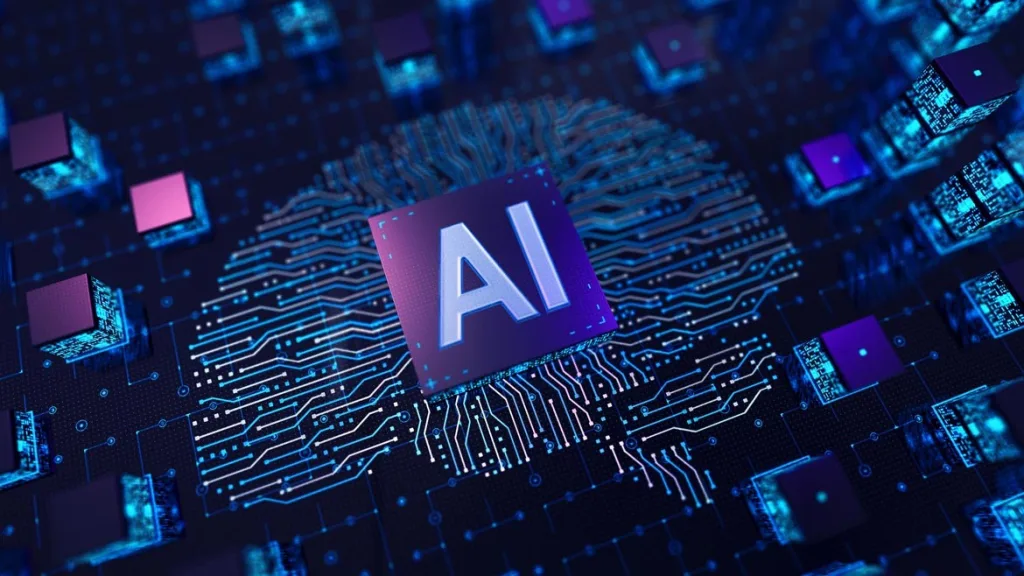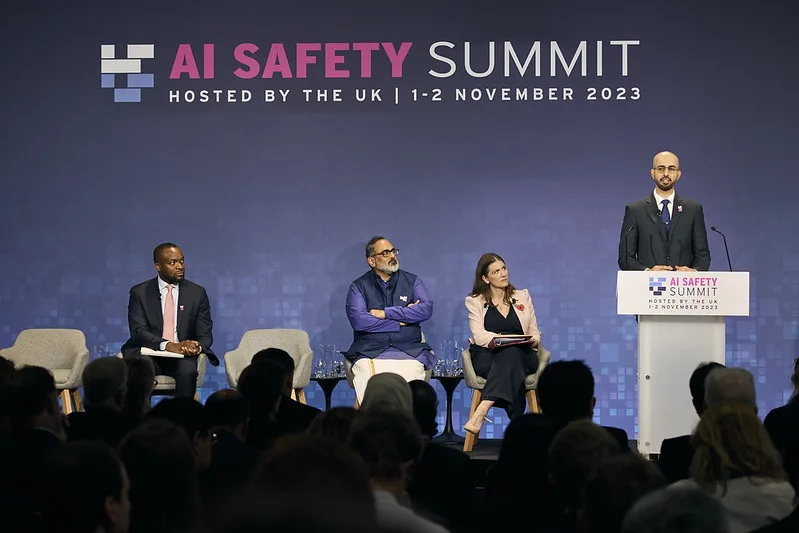India’s AI Odyssey!
In the ever-evolving landscape of global technology, India stands at a crucial crossroads. As we dive into 2025, the nation’s journey in artificial intelligence (AI) unfolds as a tale of immense potential, daunting challenges, and strategic maneuvers. Let’s unpack the complexities of India’s AI ecosystem and explore how the country is positioning itself to become a formidable player in the global AI arena.
Table of Contents
The Current State of AI in India: A Mixed Bag of Promise and Hurdles
India’s AI landscape is a fascinating tapestry of contrasts. On one hand, we have a burgeoning IT sector, a vast pool of skilled professionals, and a startup ecosystem buzzing with innovation. On the other, we face significant hurdles in developing large-scale AI models that can compete on the global stage.

The Achilles’ Heel: Infrastructure and Funding Gaps
One of the most pressing issues holding India back is the lack of robust AI infrastructure. The country grapples with a shortage of high-end AI hardware, limited access to advanced GPUs, and insufficient cloud computing resources. This technological deficit isn’t just a minor setback; it’s a significant roadblock in India’s quest to create cutting-edge AI systems that can stand toe-to-toe with global competitors.
Moreover, the financial landscape for AI research and development in India is far from ideal. The country’s risk appetite for AI innovation remains low, with limited financial support creating a bottleneck for groundbreaking projects. This cautious approach, while understandable, could potentially leave India playing catch-up in the global AI race.
The Silver Lining: Emerging Solutions and Government Initiatives
However, it’s not all doom and gloom. The emergence of cost-effective AI models like DeepSeek offers a ray of hope. These models demonstrate that high-quality AI can be developed at a fraction of the cost, presenting a viable path forward for India. The open-source nature of such models is particularly advantageous, allowing for community-driven development and reducing financial barriers.
The Indian government, recognizing the critical importance of AI, has stepped up to the plate. The IndiaAI Mission, with its allocation of ₹2,000 crore, aims to develop foundational AI models, establish data centers, and bolster AI infrastructure. Additionally, a ₹500 crore investment in AI Centers of Excellence for education signals a commitment to nurturing AI talent and expanding research capabilities.

The Road Ahead: Strategies for Success
As India charts its course in the AI landscape, several key strategies emerge:
- Scaling Compute Capacity: Investing in shared infrastructure models and AI industrial zones can democratize access to high-performance computing resources.
- Fostering Innovation through Balanced Regulation: Developing forward-thinking regulatory frameworks that address IP concerns while promoting innovation is crucial.
- Addressing Data Challenges: Creating a national data repository and revising data policies can facilitate secure access to high-quality datasets essential for AI model training.
- Expanding AI Applications: Incentivizing AI-driven solutions across sectors like healthcare, agriculture, and finance can drive innovation and economic growth.
- Workforce Development: Establishing AI Centers of Excellence and integrating AI into academic curricula can prepare the workforce for the AI era.
- Nurturing the Startup Ecosystem: Introducing relaxed compliance norms and targeted tax reliefs can support AI-focused startups.
The Future of AI in India: A Vision of Collaborative Growth
As we look towards 2025 and beyond, India’s AI journey is poised for transformation. The integration of AI across industries promises significant advancements that could propel economic growth. However, realizing this potential requires a united effort involving the government, private sector, and educational institutions.
The government’s role in creating a conducive environment for AI growth, coupled with private sector investments in future-proof training programs, will be pivotal. Collaboration between industry and academia will be crucial in bridging the skill gap and preparing graduates for the emerging job market.
DeepSeek vs ChatGPT vs Grok AI vs Google Gemini: Which AI Rules the Chatbot World?
FAQs
What are the main challenges India faces in AI development?
India’s primary challenges include a shortage of high-end AI hardware, limited access to advanced GPUs and cloud computing resources, insufficient funding for R&D, and a low risk appetite for AI innovation.
How is the Indian government supporting AI development?
The government has launched initiatives like the IndiaAI Mission, allocating ₹2,000 crore for developing foundational AI models and infrastructure. Additionally, ₹500 crore has been set aside for establishing AI Centers of Excellence in education.
In conclusion, India’s AI journey is at a critical juncture. While challenges persist, the country’s potential for growth and innovation in the AI sector is immense. By addressing infrastructure gaps, fostering innovation, and nurturing talent, India can position itself as a global AI powerhouse. The road ahead may be complex, but with strategic investments and collaborative efforts, India’s AI future looks bright and promising.








